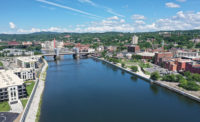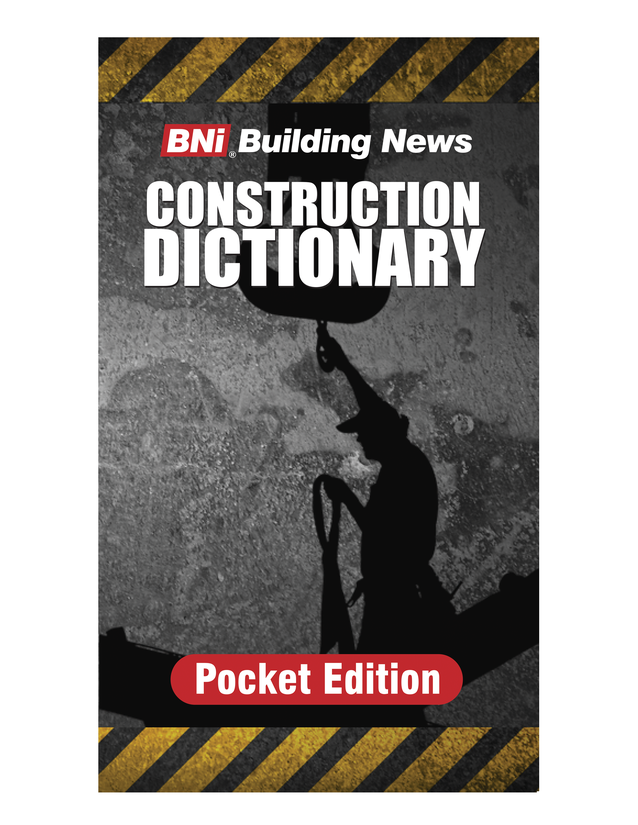Seismic Protection of Michelangelo’s La Pietà Rondanini
Milan
Best Project
Owner Comune di Milano
Lead Designer Architetto Michele de Lucchi srl
Structural Engineer Miyamoto International Italy srl
Base Isolation Manufacturer THK
Safety Devices Reglass srl
To preserve Michelangelo’s final sculptural masterpiece, La Pietà Rondanini, the city of Milan turned to a diverse team to develop an isolated support structure for the statue that would limit the impacts of vibrations from both earthquakes and local traffic.
Global Best Projects judges were impressed by the team’s “innovative approach” and “great use of technology.”
“The city of Milan selected the Polytechnic University of Milan as scientific supervisor of the project and THK as provider of isolation technology. Then, THK proposed Miyamoto International as engineering consultant to the client,” explains Marco Cossu, president of Miyamoto International Italia and principal at Miyamoto International Inc.
For the statue, Miyamoto performed engineering and design for the development of an isolated support, comprising an isolated platform and a steel support structure.
The isolation system also will protect the statue from vibrations generated by the underground metro line that runs just below the museum.
“The system is composed of the isolation plate, the steel support, the systems to fix the statue to the support and the redundant safety devices to protect the statue from overturning in case the earthquake is stronger than expected,” Cossu says.
“The isolation plate is an assembly patented by THK. Some rubber bearings were added to the isolation plate to filter out the main frequencies of the traffic vibrations—this is what we call an isolation system,” he explains.
A steel support was fixed above the isolation system to elevate the statue off the floor. “The statue was fixed to the steel support with special resins, and some safety shock absorbers were added for extra safety,” Cossu says.
The isolation platform was designed, manufactured and assembled by a team of experts with THK in Tokyo, while an Italian team constructed the steel support.
Some of the challenges the teams faced included the unbalancing of the statue and a complex series of construction phases. Further, while the statue was being moved to its new home, there was the need to place fail-safe safety devices to prevent the statue from being overturned in narrow spaces inside the support.
Because knowledge is limited regarding the long-term behavior of marble when subjected to various vibrations, the teams developed a system that will protect the statue from vibration sources that have different dynamic features and effects.
“The most important challenge during design was studying a system to protect the statue from earthquakes, which transfer to the statue a horizontal force, and from traffic vibration, which gives a vertical force,” Cossu explains. “It was necessary to design and integrate two different systems to solve very different problems in the same device. Before construction, it was necessary to perform extensive testing on a copy of the statue, on the shaking table, to validate the assumptions.”
During placement, the team’s biggest challenge was to move the statue from its previous position and support to the new one, so a special cage was designed and built to protect it, Cossu says.
The Pietà recently was installed in the new Museo della Pietà, just inside the restored rooms of the former Ospedale Spagnoio. The Italian Authority for Cultural Heritage supervised the project, which is considered a pilot project for other such renovations, Cossu notes.










